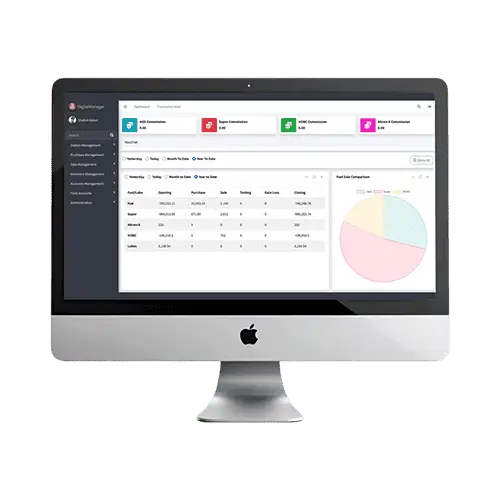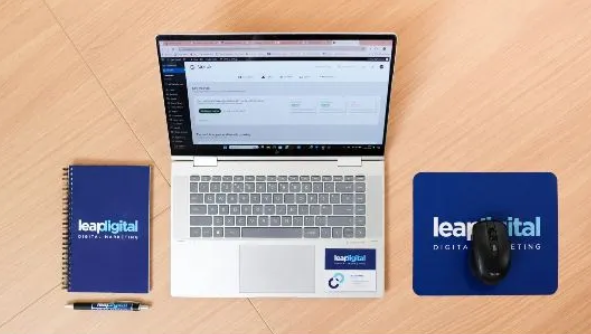The Changing Landscape of Tax Compliance in Pakistan
The Federal Board of Revenue’s (FBR) digitization drive has transformed how businesses manage invoices and tax reporting. With mandatory integration of POS systems and real-time reporting requirements, many Pakistani enterprises – from small retailers to large manufacturers – face new operational challenges.
This post explains the technical, legal, and practical aspects of FBR’s digital invoicing software, helping business owners understand their compliance obligations and available solutions.
Understanding FBR’s Digital Invoicing Framework
1. Legal Requirements
-
Real-Time Reporting: All B2B and B2C transactions must be reported to FBR immediately
-
Mandatory Fields: Invoices require 17 specific data points including buyer NTN, product codes, and tax breakdowns
-
POS Integration: Retailers must use FBR-approved software with direct PRAL portal connectivity
2. Technical Specifications
-
PRAL API Integration: How systems connect to FBR’s backend
-
Data Formats: JSON/XML requirements for invoice transmission
-
Encryption Standards: SSL/TLS protocols for secure data transfer
3. Sector-Specific Rules
-
Manufacturing: Different tax treatments for raw materials vs finished goods
-
Services: Reverse charge mechanisms for certain professional services
-
Exports: Special zero-rated invoicing procedures
Common Compliance Challenges
-
Technical Hurdles
-
Legacy accounting systems lacking API capabilities
-
Internet reliability issues affecting real-time reporting
-
-
Operational Impacts
-
Staff training requirements for new digital processes
-
Reconciliation difficulties between physical and digital records
-
-
Financial Consequences
-
Penalties for late/missing submissions (up to Rs. 50,000 per instance)
-
Audit risks from inconsistent data reporting
-
Evaluating Digital Invoicing Solutions
When assessing compliance software, consider:
1. Core Functionality
-
Automated tax calculations (sales tax, income tax, WHT)
-
Dual-mode operation for B2B and B2C transactions
-
Offline capability with automatic sync when online
2. Compliance Features
-
Built-in validation for mandatory FBR fields
-
Automatic generation of FBR invoice numbers
-
Audit trails for all changes and submissions
3. Business Practicalities
-
Multi-user access with role-based permissions
-
Mobile accessibility for field operations
-
Local language (Urdu) interface options
Implementation Roadmap
-
Assessment Phase
-
Current system evaluation
-
Compliance gap analysis
-
-
Solution Selection
-
Vendor due diligence
-
Pilot testing
-
-
Deployment
-
Data migration
-
Staff training
-
-
Ongoing Compliance
-
Monthly reconciliation procedures
-
Software update management
-
The Future of Tax Digitization
Upcoming developments business should prepare for:
-
Blockchain Integration: Potential for invoice verification via distributed ledgers
-
AI-Powered Audits: Automated anomaly detection by FBR systems
-
Cross-Border Reporting: Integration with international tax authorities
Navigating FBR’s digital invoicing requirements demands both technical solutions and process adaptation. By understanding the regulatory framework, implementing appropriate systems, and training staff effectively, businesses can transform compliance from a burden into a competitive advantage.
For organizations seeking deeper guidance:
Digital Manager team offers free compliance assessments to help Pakistani businesses evaluate their readiness and solution options. Contact our specialists at [email/phone] for personalized advice.









